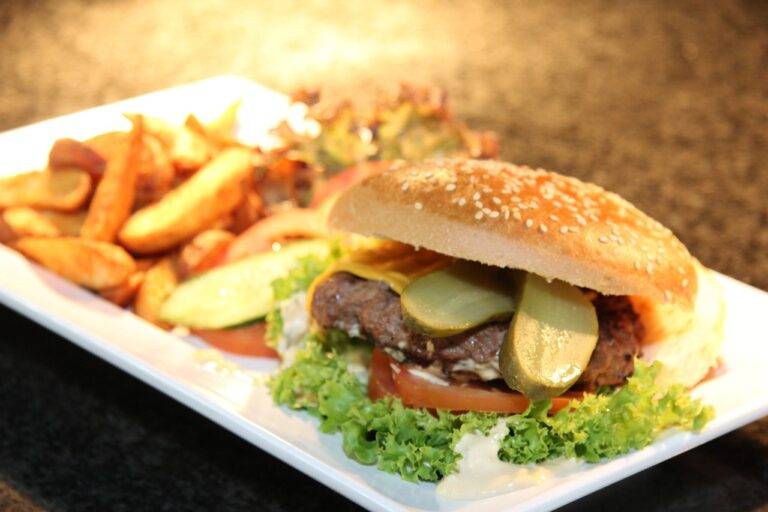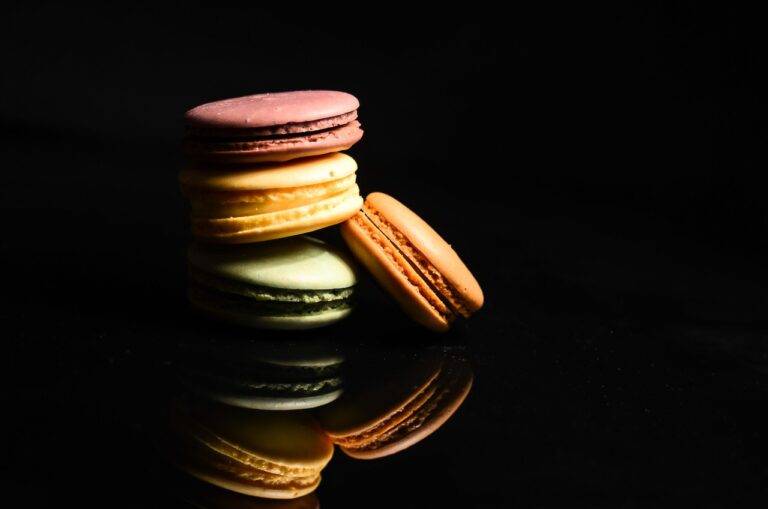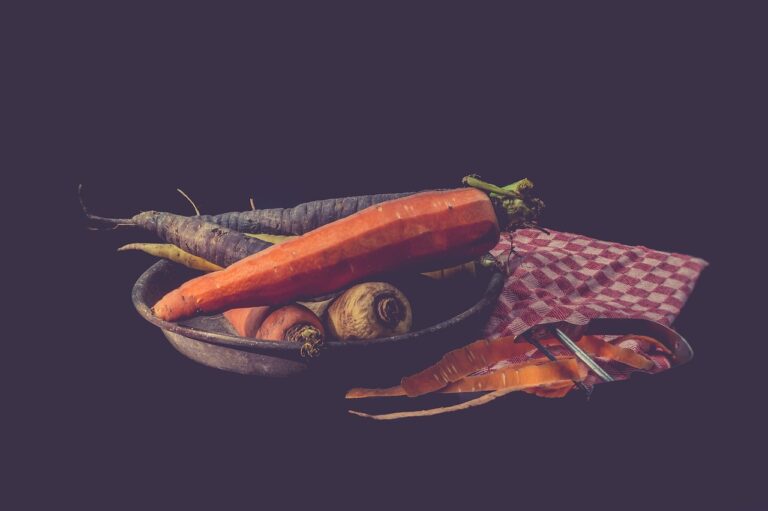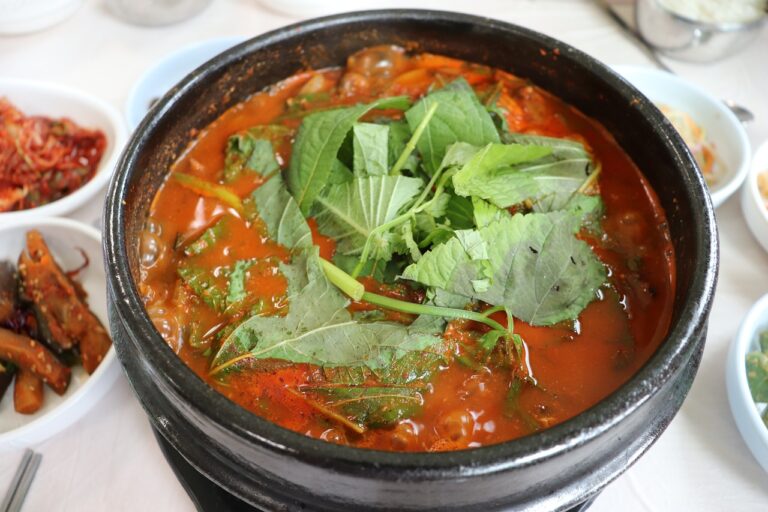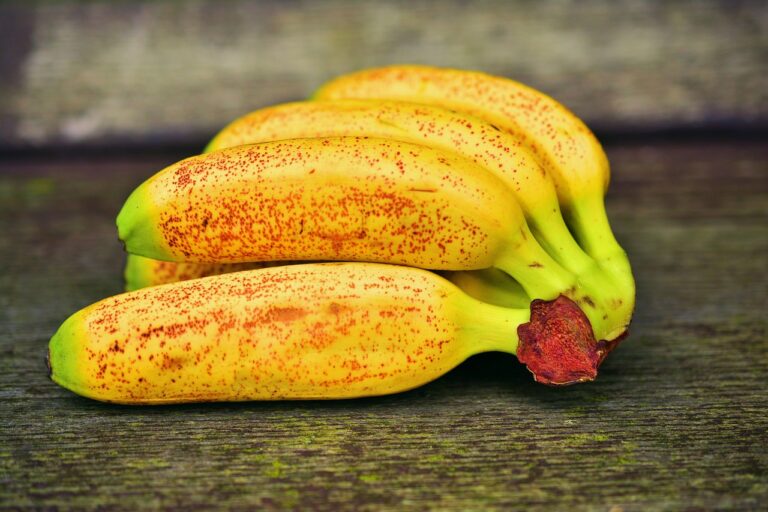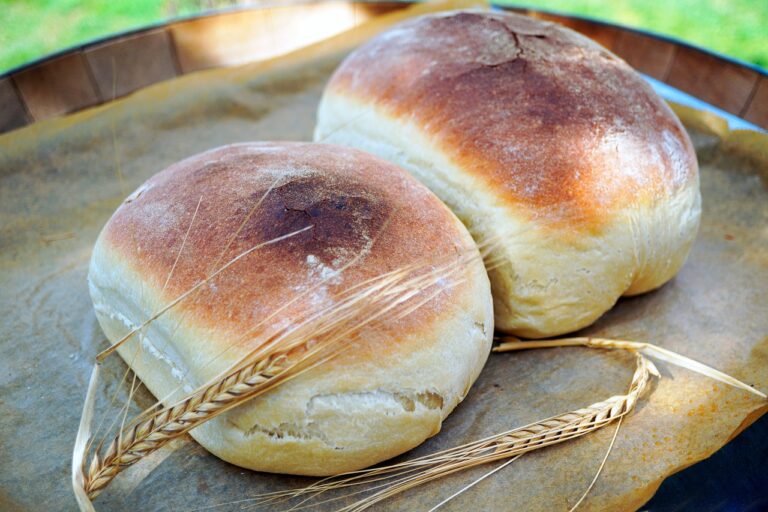The Art of Food Preservation: Traditional Techniques for Modern Kitchens
Food preservation is an essential practice that has been utilized for centuries to prevent food spoilage and extend the shelf life of perishable items. The main goal of food preservation techniques is to inhibit the growth of bacteria, mold, yeasts, and other microorganisms that can lead to food deterioration. By preserving food, we can maintain its nutritional value, flavor, and texture while reducing food waste.
There are various methods of food preservation, each with its own set of advantages and limitations. Some common techniques include canning, freezing, drying, pickling, fermenting, and curing. Each method involves different processes such as heat treatment, dehydration, acidification, or the use of preservatives to inhibit microbial growth and enzymatic reactions. Choosing the appropriate preservation method depends on the type of food, desired shelf life, and storage conditions.
Understanding the Importance of Food Preservation
Food preservation plays a crucial role in ensuring food safety and security, particularly in times of scarcity or emergencies. By extending the shelf life of perishable items through various preservation methods, we can reduce food waste and increase access to nutritious foods for longer periods.
Moreover, food preservation helps in maintaining the nutritional value and quality of the food. Through techniques like freezing, drying, or canning, essential nutrients are retained, ensuring that the food remains wholesome and beneficial for consumption even after an extended period of time. This is especially important in areas where fresh produce may not be readily available year-round.
History of Traditional Food Preservation Methods
Food preservation has been a vital practice throughout human history. One of the oldest methods of preserving food is drying, dating back thousands of years. In ancient times, people would air-dry fruits, vegetables, and meats in the sun or using fire to remove moisture, which hindered the growth of bacteria and mold.
Another traditional method of food preservation is fermentation. This technique involves using bacteria, yeast, or fungi to break down sugars and other nutrients in food, creating lactic acid or alcohol as byproducts. Common examples of fermented foods include sauerkraut, kimchi, yogurt, and pickles. Fermentation not only extends the shelf life of foods but also enhances their flavor and nutritional value.
• Drying food is one of the oldest methods of preservation, dating back thousands of years
• People would air-dry fruits, vegetables, and meats in the sun or using fire to remove moisture
• Fermentation involves using bacteria, yeast, or fungi to break down sugars and nutrients in food
• Common examples of fermented foods include sauerkraut, kimchi, yogurt, and pickles
• Fermentation not only extends shelf life but also enhances flavor and nutritional value
What are some common traditional food preservation methods?
Some common traditional food preservation methods include drying, salting, smoking, fermenting, and pickling.
Why is food preservation important?
Food preservation is important because it helps prevent food spoilage, reduces food waste, and allows for food to be stored and consumed over a longer period of time.
How far back in history do traditional food preservation methods date?
Traditional food preservation methods date back thousands of years, with evidence of techniques such as drying and smoking being used by ancient civilizations.
How do traditional food preservation methods compare to modern food preservation techniques?
Traditional food preservation methods are often considered more natural and environmentally friendly compared to modern techniques that may involve the use of chemicals or additives.
Can traditional food preservation methods be used in today’s modern society?
Yes, many traditional food preservation methods are still used today, both in traditional cultures and by individuals seeking to preserve food in a more natural way.


